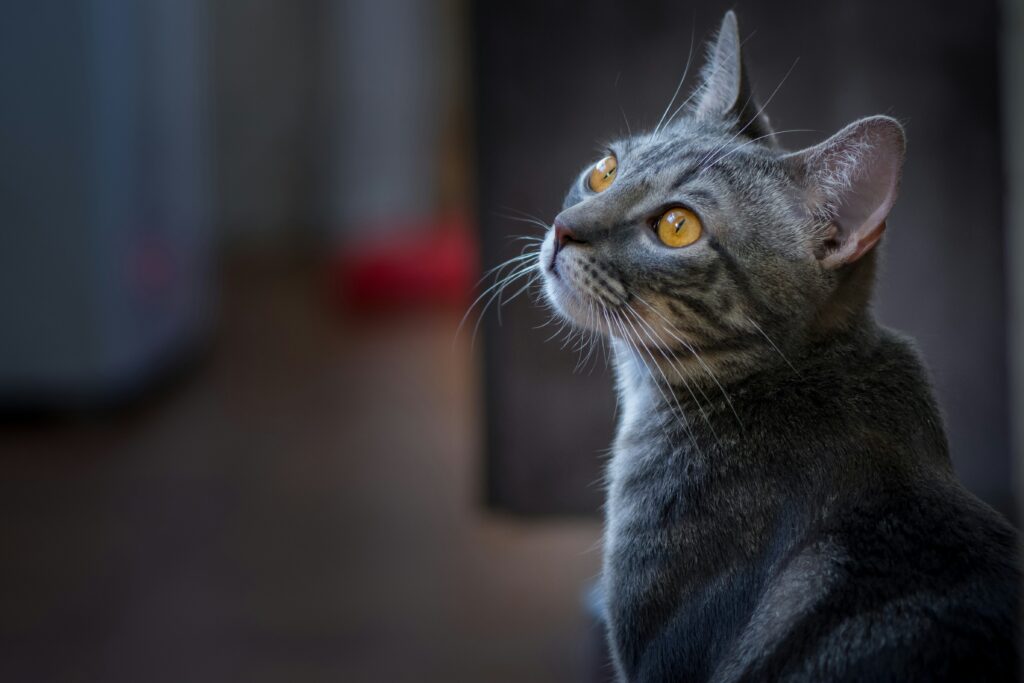Many pet owners wonder if vacuuming truly removes pet hair from their homes. The answer is yes, vacuuming can effectively remove pet hair if done properly. With the right vacuum cleaner and technique, it can make a significant difference in keeping homes clean and free of fur.
Pet hair can cling to carpets, furniture, and hard floors, making it a challenging mess. Readers might be curious about the best vacuums and methods to tackle this task. Knowing which tools work best can save time and effort.
This topic not only addresses a common issue but also shares tips on maintaining a fur-free home. It’s time to learn how to conquer that stubborn pet hair and keep living spaces fresh.
Vacuuming and Pet Hair Removal
Vacuuming is an important tool for removing pet hair from homes. Knowing how the vacuum works and which types are best can make a difference in keeping spaces clean.
Understanding the Vacuuming Process
A vacuum cleaner uses suction to pick up dirt and debris. This includes pet hair, which can cling to carpets, furniture, and floors. The main parts of a vacuum are:
- Motor: Creates suction.
- Filter: Catches dirt and hair.
- Brush Roll: Helps lift hair from surfaces.
When vacuuming, it’s essential to move slowly. This allows the vacuum to catch more hair. Regularly emptying the vacuum and checking the filter is also important for keeping it effective.
Types of Vacuums for Pet Hair
Not all vacuums work equally well for pet hair. Here are some types that are especially effective:
- Upright Vacuums: These often have strong suction and a rotating brush, making them great for carpets.
- Canister Vacuums: These are lightweight and more versatile for different surfaces.
- Handheld Vacuums: Good for quick clean-ups on furniture and stairs.
- Robot Vacuums: These can be programmed to clean daily, helping with regular pet hair removal.
Choosing a vacuum specifically designed for pets can also improve results. Look for features like tangle-free brushes and powerful suction.
Best Practices for Effective Vacuuming
To get the best results when vacuuming pet hair, implementing a few best practices can help:
- Vacuum Regularly: Aim for at least once a week, or more often if needed.
- Use Attachments: Many vacuums come with special tools for upholstery and corners. These can reach areas where pet hair often hides.
- Adjust Settings: If the vacuum has height settings, adjust them according to the surface type.
By following these tips, vacuuming becomes a more effective way to control pet hair, helping to keep homes clean and comfortable.

Additional Tips and Tricks
Getting rid of pet hair can be challenging. Here are some helpful strategies and maintenance tips to make vacuuming more effective and keep pets happy.
Pre-Vacuuming Strategies for Pet Owners
Before vacuuming, there are a few steps that can make a big difference. First, brush your pets regularly. Brushing helps remove loose hair before it falls onto carpets or furniture.
Next, use rubber gloves. Putting on slightly damp rubber gloves lets you gather pet hair easily. Just rub your hands over the surfaces, and the hair will cling to the gloves.
Consider using a lint roller on furniture and clothes to catch stray hairs that the vacuum might miss. For larger areas, a dedicated pet hair remover can be quite effective.
Creating a regular routine will help keep pet hair levels down. A little bit of effort goes a long way in keeping the home tidy.
Maintenance Tips for Your Vacuum
To ensure the vacuum works effectively, regular maintenance is key. First, check and clean the filters frequently. Clogged filters can reduce suction, making it harder to pick up hair.
Next, empty the dustbin after each use. A full dustbin can cause the vacuum to lose its power. Monitor the vacuum’s brush roll for hair tangles. Removing any trapped hair enhances performance.
Finally, inspect the vacuum’s hose and attachments for blockages. Keeping everything clear allows for the best suction and hair removal.
These simple maintenance steps will help the vacuum last longer and work better, making it easier to manage pet hair.
